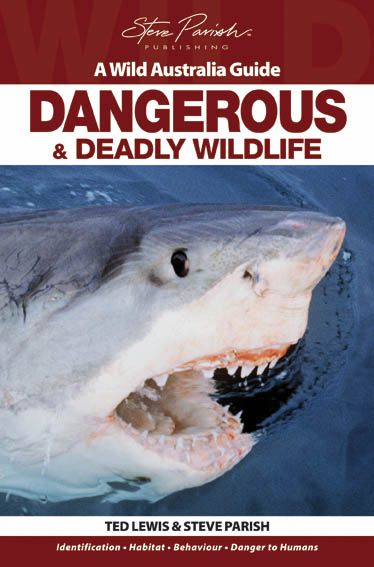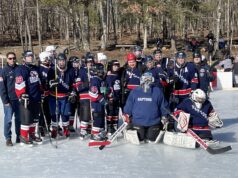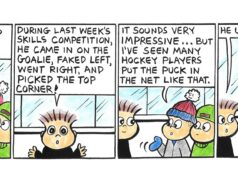
It’s that time of year again: the summer sun is sweltering, the Christmas tree is up and ready for pressies, and workers all over Australia are planning parties, barbecues and plenty of Christmas cheer! But, Christmas and summer also herald less welcome visitors than Santa Claus — it’s also the season when Australia’s most dangerous and deadly might just scuttle down your chimney or attend your backyard barbie! Some of Australia’s most formidable reptiles and arachnids are also at large during the holiday season, and because many Australians hit the beach, the bush or the backyard at this time, we’re more likely to encounter these creepy crawlies now than at any other time of the year.
“Funnel-web spiders, eastern brown snakes, crocodiles, and red-back spiders are all more active in the summer months,” agrees Ted Lewis, author of the new book A Wild Australia Guide: Dangerous and Deadly Wildlife, released this month. “For some, it’s mating season, and for others it’s simply that reptiles get their energy from the sun, so the hotter months are when they are most active.”
Already, newspapers around the country are reporting blood-curling tales of bird-eating spiders, randy red-back spiders on the prowl and crocodiles colonising backyard ponds in Australia’s north, but it is not just on land we have to watch out.
“More Australians than ever visit the beach over the holiday season, so it’s no surprise that more shark attacks are also reported over summer, but we have to remember that these animals are not just a source of fear and fascination for us, they’re also just living their lives,” Lewis emphasises. “In most cases, the danger occurs because we place ourselves in their territory or we threaten them. Most fatal attacks are provoked,” he warns, “so the best thing to do is leave these dangerous animals alone. Even animals like the southern cassowary and the red kangaroo have caused deaths when they are provoked or are in fear or in pain.”
Tourists, especially, are in awe of the multitude of potentially fatal creatures they may encounter in Australia, from the venomous blue-ringed octopus to the estuarine crocodile, but, in reality, people are statistically more likely to die of a bee sting than of a shark attack or snake bite, even despite the alarming media reports. “It’s also important to remember that we live in a country with the most advanced antivenom technology in the world, making us world leaders in preventing deaths caused by venomous creatures,” reassures Lewis. “In fact, if you want to worry about anything this summer, the biggest summer killer, far from being the incredible white shark or the funnel-web, is actually sunburn,” Lewis adds. “Skin cancer kills about 1600 Australians each year — far more than the combined annual total of fatalities by sharks (an average of one fatality in Australia per year), snakes (average two deaths per year), crocs (1 death a year) or stonefish (only 1 recorded death in Australia in the last 80 years) — but you still see people soaking up the sun. In my view, these animals are some of Australia’s most remarkable because they’ve all developed incredible defence mechanisms and some live truly amazing lifestyles, so if you get a chance to see some this summer, stay away, stay safe but, above all, stay aware that we really do have some of the most incredibly fierce wildlife species in the world.”
A Wild Australia Guide: Dangerous and Deadly Wildlife, written by Ted Lewis and published by Steve Parish Publishing, is available in all good bookstores or online from www.steveparish.com.au Amazing Facts about Australia’s Deadly and Dangerous Wildlife is also available from www.steveparish.com.au







